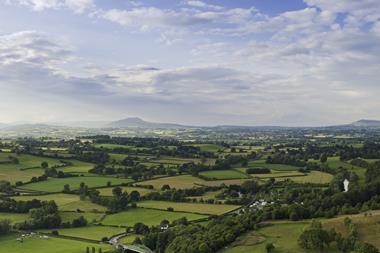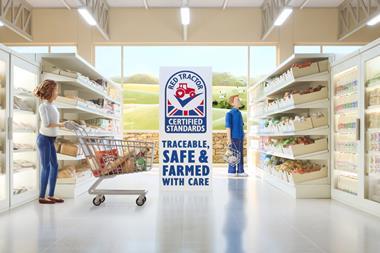
Sustainability-marketed products are booming. They’re growing three times faster than the rest of the market [NYU Stern CSB]. So it’s been no surprise to see new categories, standards, innovations and marketing tactics emerge.
The downside is, in the face of this increased pressure and the need to remain competitive, some brands have put more effort into appearances than reality. They’ve made misleading claims just to stay ahead and ‘greenwashing’ has become public enemy number one.
A raft of new regulations from the likes of ASA and the CMA have seen an increase in brands getting fined and shamed in the press. Research consistently highlights the risks for brands in making misleading claims – most recently, a KPMG study suggested 54% of consumers would boycott a brand for this reason.
But whilst we must tackle misleading claims head-on, we need to be aware of the risks of something much more insidious: greenhushing.
Greenhushing happens when fearful brands retreat to the safe confines of silence – saying nothing at all about their sustainability efforts.
Greenhushing does nothing more than erode trust
This is a concept older than greenwashing. It is a regressive approach that does away with decades of progress, which has encouraged companies and brands to open up about their strategies and impact.
I understand why brands are fearful. Making claims about the impact you have, whether social or environmental, can be overwhelming and complicated. In addition, the guidance on what you can or can’t say varies by product category, topic and geography.
The EU has just brought in stricter rules on greenwashing, mandating verifiable proof of recognised performance when using terms like ‘carbon neutral’.
The truth is, many of the people responsible for making these claims are marketers, and they do not have the technical expertise or resources to be able to verify their communications in a robust way. In fact, 35% of marketers surveyed by Kantar cited a lack of allocated internal resources as a challenge in marketing sustainability claims, with 35% citing a knowledge and skills gap on sustainability as a concern.
We know brands can only do this with confidence when they trust what they’re saying, which is why my company Provenance exists: to provide the digital tools to enable marketers to make credible claims.
Silence can’t be the only alternative. Greenhushing does nothing more than erode trust with consumers and create a new, dangerous status quo for brands, which allows them to hide in the shadows.
Unfortunately, it means brands that genuinely prioritise sustainability and impact – in a transparent, albeit imperfect, way – may lose out to competitors that engage in greenhushing. This creates an uneven playing field and discourages responsible business practices.
All companies having to deal with complex green trade-offs
As we all navigate this changing environment, we need to start seeing transparency as the most valuable currency, and encourage a culture of progress over perfection.
No one business is doing this ‘right’ – all companies are having to deal with complex trade-offs when it comes to sustainability. Likewise, customers are also navigating an ever-changing environment of sustainability terms and badges. Including customers in your progress and being transparent improves education and awareness.
Lego is a good example here. It recently ditched an innovative new material to reduce oil-based plastics after finding its new material led to higher carbon emissions, and it has shared its learnings publicly. This should be celebrated.
The basics are simple: if you make a claim, evidence it. If you learn something, be open about it. We need to raise the bar across the industry, otherwise all brands lose out.
Today there is no excuse for brands to make false statements about their sustainability efforts – but more importantly, there is no excuse for silence, because that is what will truly kill off progress.



















No comments yet